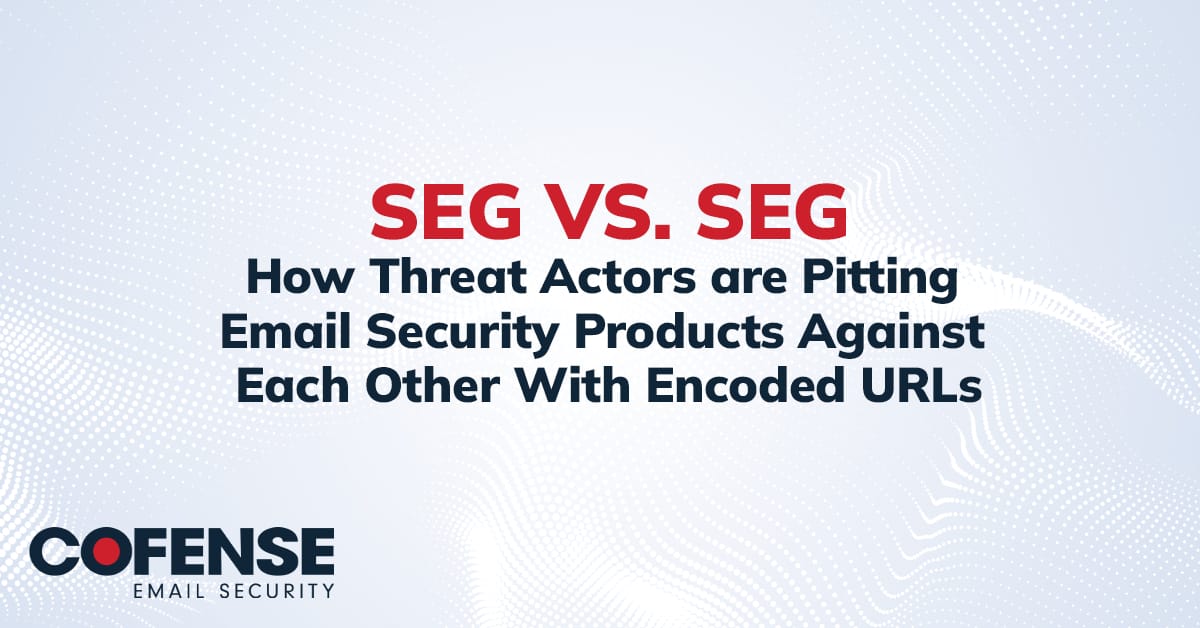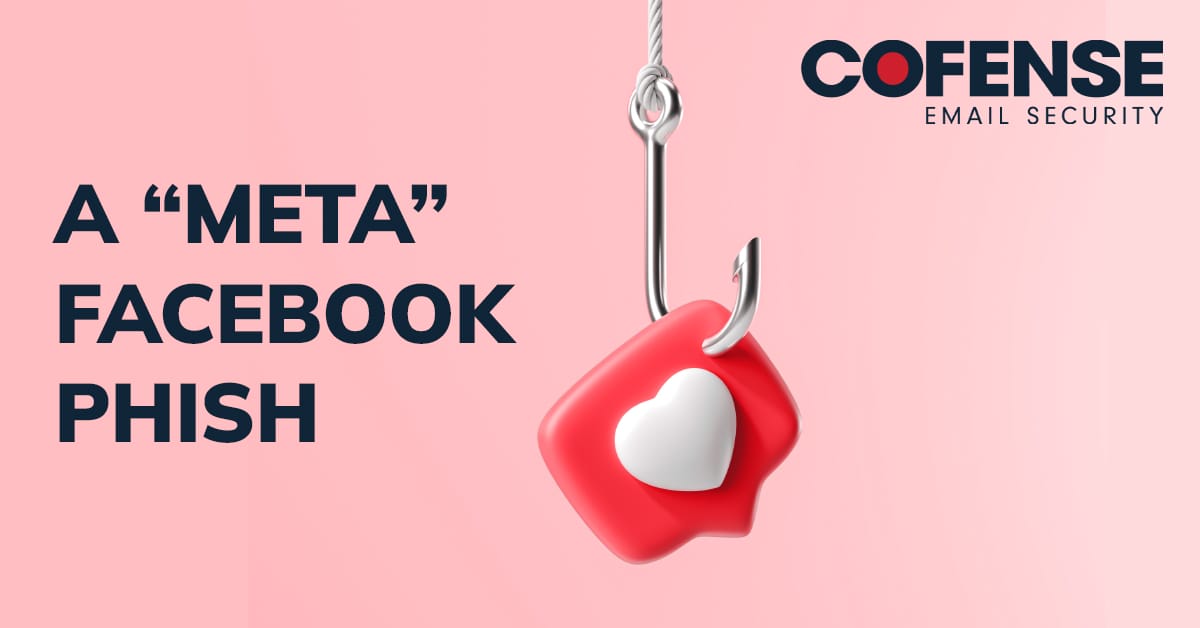In our latest webinar on QR Code Phishing Threats we dove into this new, emerging threat and what it means for organizations around the world. The good news is we had a lot of time to go into the details of what we are seeing bypass Secure Email Gateways (SEGs). The bad news is we didn’t have enough time to answer all of your questions. So, let’s do that now.
1. How do threat actors use QR Codes for phishing scams?
Threat actors utilize QR codes as a deceptive tool to conduct phishing scams. By embedding malicious code within these codes, they trick unsuspecting users into scanning them, leading them to fraudulent websites or installing malware on their devices. This method bypasses traditional security measures and allows cybercriminals to steal sensitive information or gain unauthorized access to devices.
2. What data protection controls are used to protect data on personal devices?
To protect data on personal devices, various methods are employed. These include encryption, strong passwords, biometric authentication, device tracking and remote wiping capabilities, and regular software updates to patch vulnerabilities.
3. What are some awareness tips for QR code phishing?
To protect yourself from QR code phishing, always be cautious when scanning a QR code from an unknown source. Verify the source of the QR code before scanning it by checking the URL or using a reputable QR code scanner app that provides security features to detect potentially harmful codes.
4. Are QR code attacks primarily aimed at credential theft? Or do you see some which attempt to download malicious software from the site you visit?
QR code attacks can have various objectives, including both credential theft and the downloading of malicious software. Attackers may use QR codes to direct unsuspecting victims to a malicious website where they can steal sensitive information, such as login credentials. They can also trick users into downloading malware onto their devices.
5. What are the red flags for QR code phish?
There are several red flags to watch out for when it comes to QR code phishing. These include QR codes from unknown sources, QR codes that redirect to suspicious websites, and QR codes that prompt you to enter personal information or login credentials.
6. Can secure email gateways (SEGs) detect QR code phishing before emails appear in the inbox?
SEGs have a limited ability to detect QR code phishing attempts. QR codes can bypass SEGs because these gateways are not able to scan the image embedded in the code. While some SEGs may have measures in place to detect and block phishing attempts, the use of QR codes presents a challenge in terms of detection and prevention.
7. Are QR codes themselves malicious or is it what you do after you scan a QR Code that makes you vulnerable to attack?
QR codes themselves are not inherently malicious. They are simply a way to store and transmit data. However, the actions you take after scanning a QR code can potentially make you vulnerable to attack. For example, if you scan a QR code that redirects you to a malicious website or initiates a harmful action on your device, it can pose a security risk.
8. What is the best to identify the URL behind the QR code in the phishing email?
To identify the URL behind a QR code in a phishing email, you can use various methods. One option is to use a QR code scanner app on your smartphone, which will decode the QR code and display the associated URL. Another method is to take a screenshot of the QR code and upload it to an online QR code decoding tool, which will provide you with the URL.
9. Does scanning a QR code lead to the immediate execution of a piece of code (malware) on the scanning device?
Scanning a QR code itself does not lead to the immediate execution of a piece of code or malware on the scanning device. However, to stay safe, it is recommended to only scan QR codes from trusted sources and use security measures such as antivirus software or QR code scanning apps that provide additional protection.
10. What should you do if you fall victim to a QR code phishing attack?
First, immediately disconnect from the internet to prevent further access to your personal information. Second, contact your bank or financial institution to report the incident and ask for guidance on securing your accounts. Lastly, consider reporting the attack to the appropriate authorities, such as your local police or cybercrime unit, to help prevent others from being targeted.
QR code phishing is on the rise, posing a significant threat to businesses worldwide. Protect your organization from these sophisticated attacks by partnering with Cofense. Our team of certified professionals understands the intricacies of QR code phishing and can help you create a robust defense strategy. Reach out to us today and take the first step towards securing your business.


